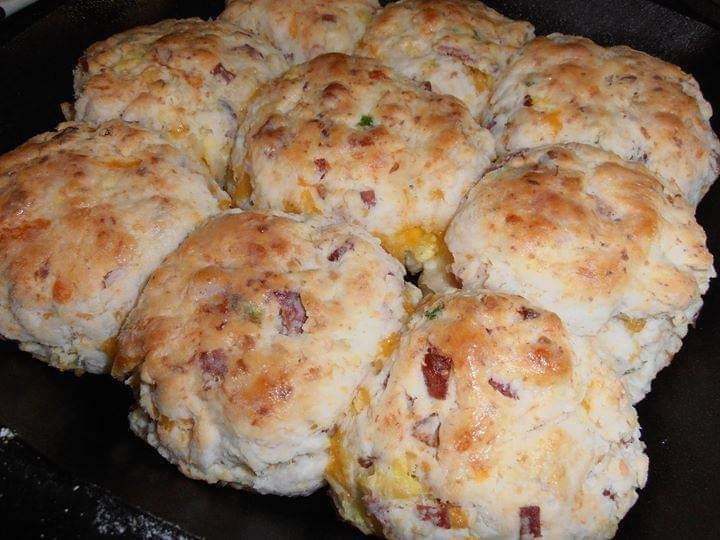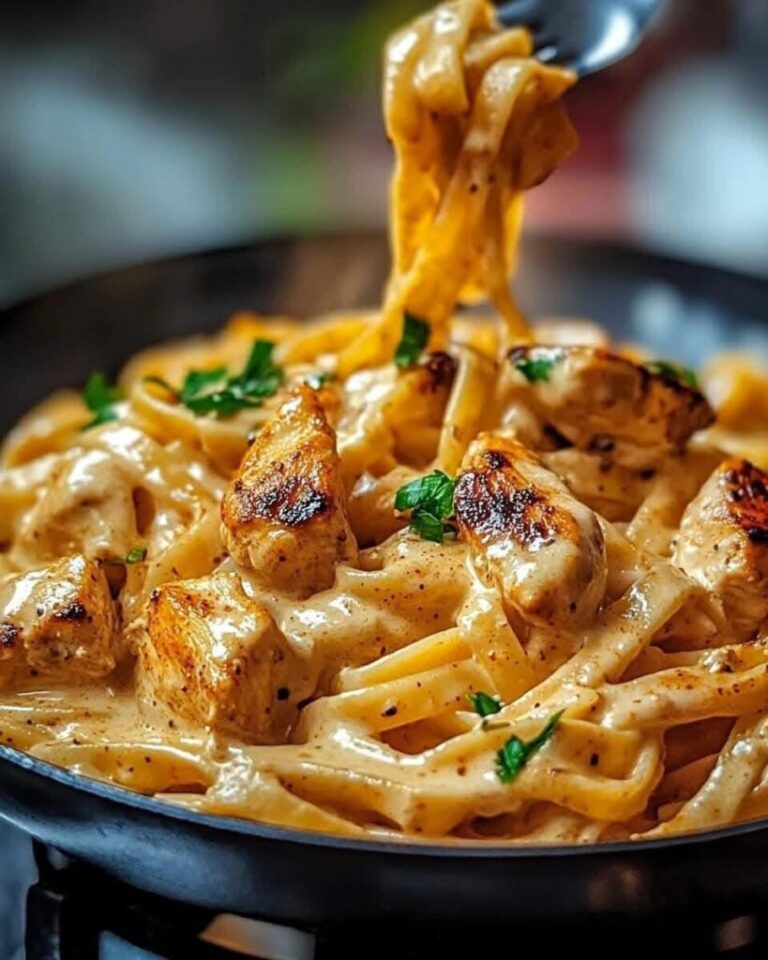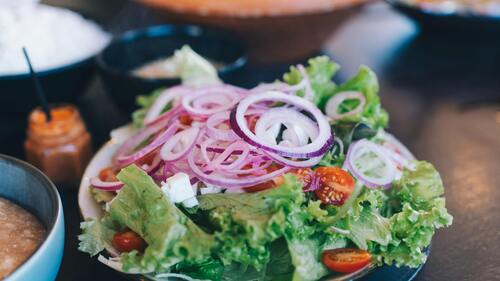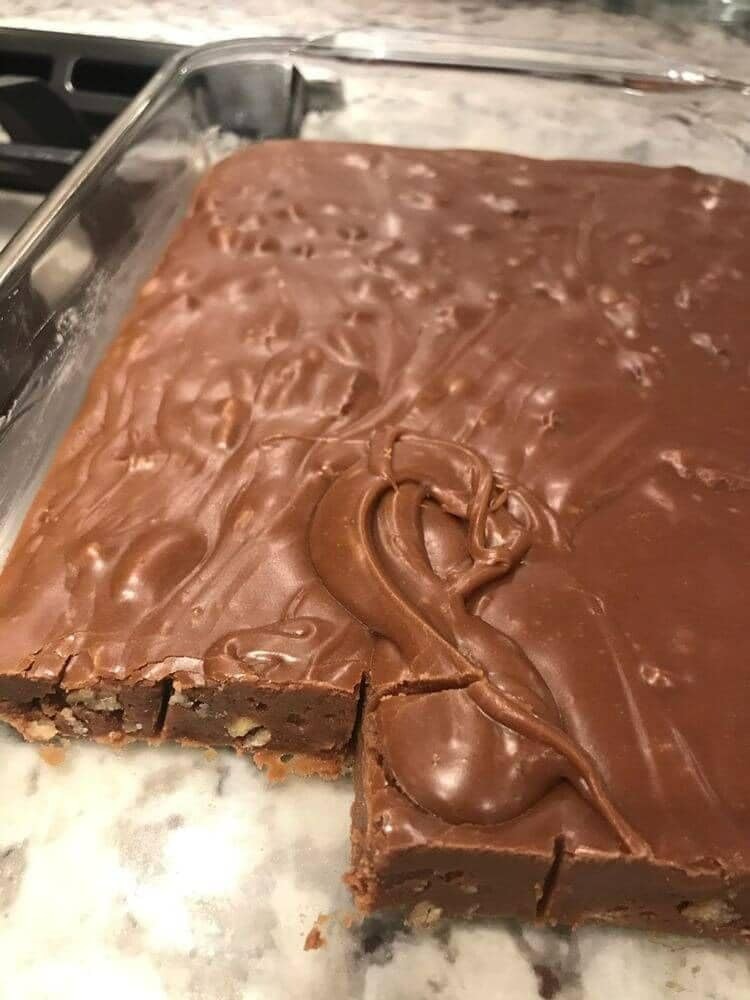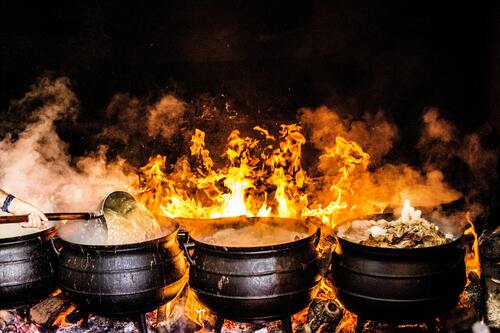What are Morocco’s eating traditions?
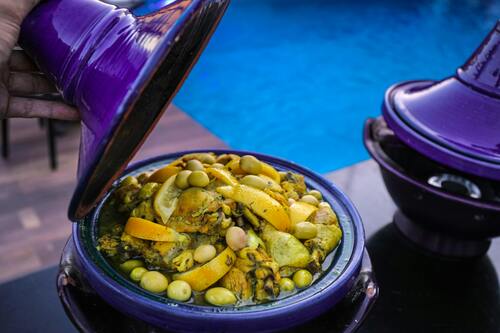
10 important facets of Moroccan eating customs will be examined in this essay, together with their cultural value and the stories they represent.
The Value of Friendliness
A fundamental aspect of Moroccan culture, hospitality is ingrained in the nation’s culinary customs. As a sign of hospitality, guests are frequently welcomed with open arms and handed mint tea as they arrive. Serving tea is a complex custom that demonstrates the host’s kindness and regard for their visitors. It is traditional for hosts to make a substantial meal, saving the best ingredients for guests. This custom expresses the idea that communal and social ties are strengthened via meal sharing. The value of being together is emphasized by the fact that meals are frequently had with family and friends. This hospitality is best expressed by the Moroccan expression “Ahlan wa sahlan,” which means “welcome,” which turns every meal into a celebration of coziness and camaraderie.
Shared Dining

A beloved custom that unites families and friends in Morocco is communal meals. Large platters of food are typically offered, and guests are seated on the floor or around a low table. Since everyone eats the same food, this setup promotes interaction and sharing. Due to cultural and religious conventions, eating with the right hand is the most typical manner to eat. To promote unity and friendliness, each member eats little portions straight from the common dish. This way of eating dishes like tagine and couscous emphasizes the social aspect of Moroccan cuisine. This kind of food sharing strengthens familial and social ties while also improving the culinary experience.
Spices’ Function

Moroccan cuisine relies heavily on spices to give its meals depth and complexity. The nation’s ancient trading routes and cross-cultural interactions are reflected in the use of spices like cinnamon, saffron, cumin, and coriander. The phrase “ras el hanout,” which means “head of the shop” and denotes a combination of the finest spices available, is frequently used to describe the spice blend used in Moroccan cooking. Every area could have a distinct blend that highlights regional customs and tastes. Cooks frequently use family recipes that have been handed down through the generations, and the thoughtful selection and blending of spices is regarded as an art form. In addition to improving the flavor of Moroccan food, spices’ explosion of tastes captures the essence of the nation’s rich culinary heritage.
Eating according to the seasons
Another significant component of Moroccan culinary customs is seasonal eating. Because of the country’s varied topography, a large range of fruits, vegetables, and herbs can be cultivated all year round. Because of this, Moroccan cooking places a strong emphasis on using local, fresh ingredients that correspond with the seasons. Dishes using fresh fruits and vegetables, such as strawberries and apricots, and herbs may be available in the spring and summer. Hearty stews and tagines prepared with warming spices and root vegetables are particularly popular during the cooler months. In addition to improving the taste and nutritional content of meals, this emphasis on seasonal ingredients encourages sustainability and a sense of connection to the land. Moroccans honor the natural abundance of their surroundings by preparing their meals in accordance with the seasons.
Customs Associated with Ramadan
Moroccan dining customs are greatly influenced by Ramadan, the Islamic holy month of fasting. Muslims abstain from food and liquids from sunrise until sunset throughout this period. A meal known as “iftar,” which often consists of dates and milk or water, is served to break the fast. A filling soup, such as harira, is then served. In addition to providing sustenance, this dinner unites family and friends to partake in a shared experience. For iftar, special preparations are created, with a focus on traditional foods that are high in nutrients and flavor. The importance of community and spirituality in Moroccan culture is shown by the vibrant evenings during Ramadan, which are full with get-togethers and festivities.
Desserts and Sweet Treats

Delicious sweets and desserts, which are frequently given at the conclusion of meals or on special occasions, are a well-known feature of Moroccan cuisine. Popular options include baklava and m’hanncha (snake cake), which exhibit complex preparations and a variety of flavors. Moroccan pastries often contain almonds, honey, and orange blossom water, which give them a unique sweetness. Mint tea is frequently served with sweets, which elevates the eating experience even further. Extensive displays of confections are a common aspect of religious holidays and weddings, which highlight the value of generosity and sharing. In Moroccan culture, the custom of indulging in sweets represents joy and celebration in addition to pleasing the palate.
Bread’s Significance
Bread is a staple of Moroccan cuisine and is frequently called “khobz.” It is a commonplace item that goes with almost every meal and has both a functional and symbolic meaning. Bread is typically made with a variety of flours, such as wheat and barley, and cooked in communal ovens. Families frequently break bread together and use it to shovel up salad or tagine. Bread is a staple of Moroccan cuisine since it represents solidarity and sharing. Bread may vary from one place to another depending on local ingredients and customs. Sharing bread strengthens the ties of friendship and family and improves the group experience.
Customs for Breakfast
In Morocco, breakfast is typically a straightforward but filling meal that establishes the tone for the day. Msemen (layered flatbread), baghrir (semolina pancakes), or khlea (dried meat) eaten with honey and olive oil are some examples of traditional Moroccan breakfast fare. Other typical ingredients include yogurt, mint tea, and fresh fruit. Families can get together and tell stories over breakfast, which is usually consumed slowly, before the day begins. This morning routine establishes a pleasant tone for the next few hours and highlights the value of family. Morocco’s gastronomic diversity and the importance of beginning the day with sustenance and connection are reflected in the range of flavors and textures found in a Moroccan breakfast.
Using Food to Express Culture
Food in Morocco is a form of cultural expression that reflects the history, geography, and social values of the nation. It is more than just a way to survive. Every meal has a backstory that is frequently connected to historical influences, regional customs, and familial ancestry. Food frequently plays a central role in religious festivities, marriages, and festivals, underscoring its importance in fostering cultural identity and communal ties. Meal preparation and sharing are viewed as kind and giving gestures that strengthen bonds between people and promote a feeling of community. Moroccans ensure that the culinary legacy is alive and well by using cuisine to celebrate their rich customs and pass on their values to future generations.
The Impact of Internationalization
Morocco’s eating habits have been impacted by globalization even though the country has long-standing culinary traditions. Moroccan cuisine has been enhanced by the combination of flavors and cooking methods brought about by the introduction of foreign cuisines and culinary items. Urban cafes and restaurants frequently serve a combination of modern and traditional fare to suit a wide range of palates. Furthermore, Moroccan cuisine has gained international recognition due to the growth of food tourism, as tourists are keen to try real Moroccan food. Innovation is made possible by this sharing of culinary concepts while maintaining adherence to customs. Moroccan cuisine’s ongoing development is evidence of the nation’s adaptability and the lasting value of its culinary legacy.
In Conclusion
Morocco’s culinary customs are a vivid representation of its values, history, and culture. From the warmth of hospitality and the delight of communal dining to the delicate use of spices and the celebration of seasonal ingredients, these traditions create a complex tapestry of culinary experiences. While the function of bread and sweets underscores the joy of sharing, the relevance of mealtime rituals, particularly during Ramadan, highlights the value of spirituality and community. The essence of Moroccan cuisine is preserved as it develops further, acting as a link between the past and the present. People can connect with Moroccan culture and gain a greater knowledge of its people and way of life by adopting these customs. Moroccans celebrate who they are through food, leaving a tradition that lasts for generations.

